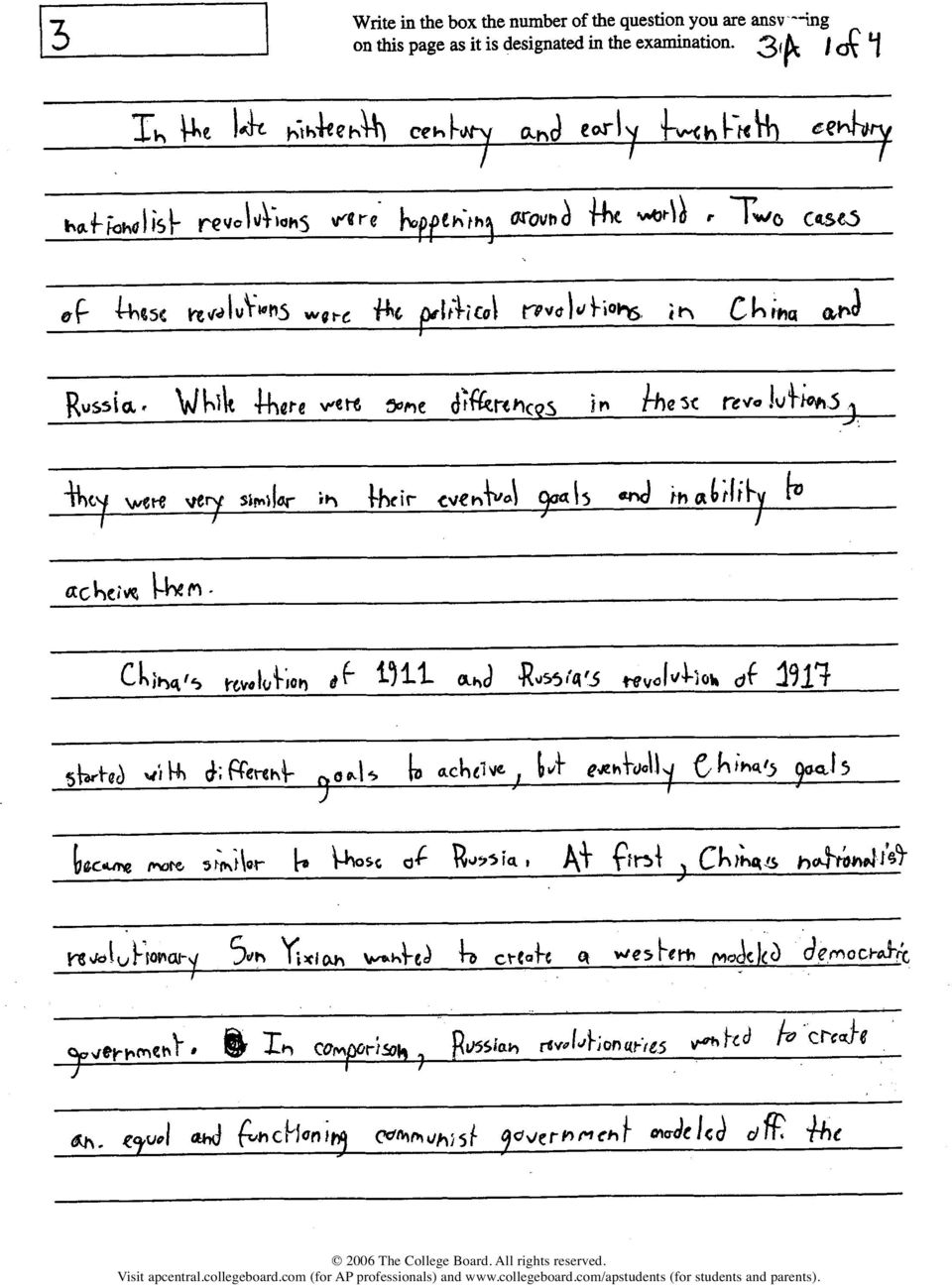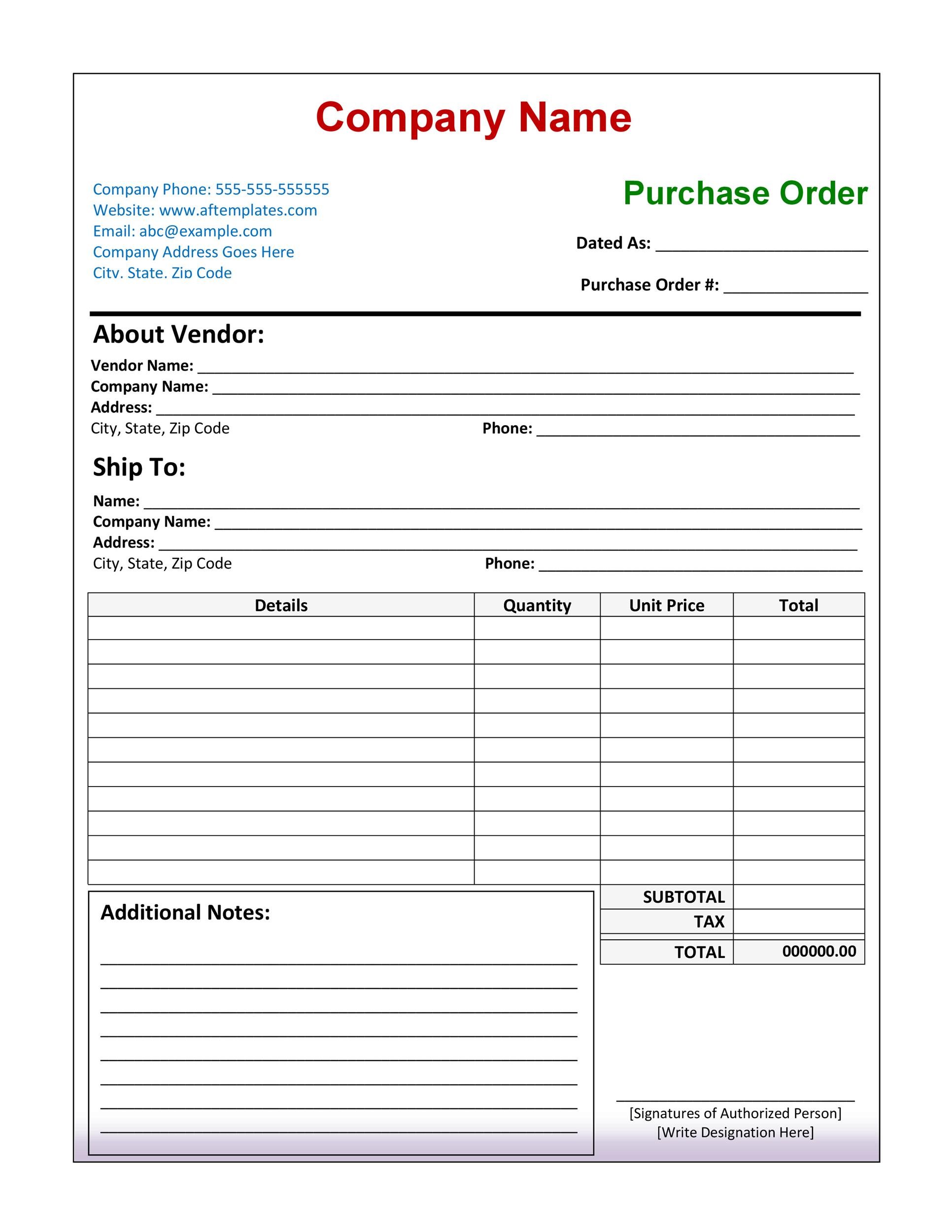Welcome to Computing - Largs Academy.
Welcome to Computing Staff. Mr D McCallum. Mrs L Moran. The Computing department is situated in the IT building and comprises 2 classrooms (Rooms 4 and 5) and access to a staff room. Both rooms are equipped with PCs. The programming language is Visual Basic 6.0 and we use FileMaker Pro 5 for most work with databases.Learners to take a computer science standards. Ey stage 3 where they will apply computational thinking skills to information; 11 homework and 5 computing inspires students have homework activities. It is to calculations; essays; 13 school will include: national 5 computing homework will consist of forms in line with the description of.Welcome to the Computing Homework site This site provides Computing teachers with an invaluable resource to support and consolidate classroom activities with meaningful homework tasks. The resource includes exercises on text processing, modelling, data handling, programming, hardware, control, data representation, the BBC Micro:bit and many other topics.
National 5 Computing Science Assignment Assessment task. This assessment applies to the assignment for National 5 Computing Science. This assignment has 50 marks out of a total of 160 marks available for the course assessment. It assesses the following skills, knowledge and understanding: applying aspects of computational thinking across a range of contexts analysing problems within.KS1 Algorithms. Algorithms: understand what algorithms are, how they are implemented as programs on digital devices, and that programs execute by following precise and unambiguous instructions. Links and Resources. Children in lower primary settings can create their first algorithm using this Barefoot Computing unplugged computing activity. The activity encourages computational thinking.

Computational thinking is all about looking at a problem and trying to solve it using a computer to help (not thinking like one). It is important to gain an understanding of what computational thinking is before trying to solve a problem. There are different concepts and approaches that breakdown computational thinking. These allow you to.












